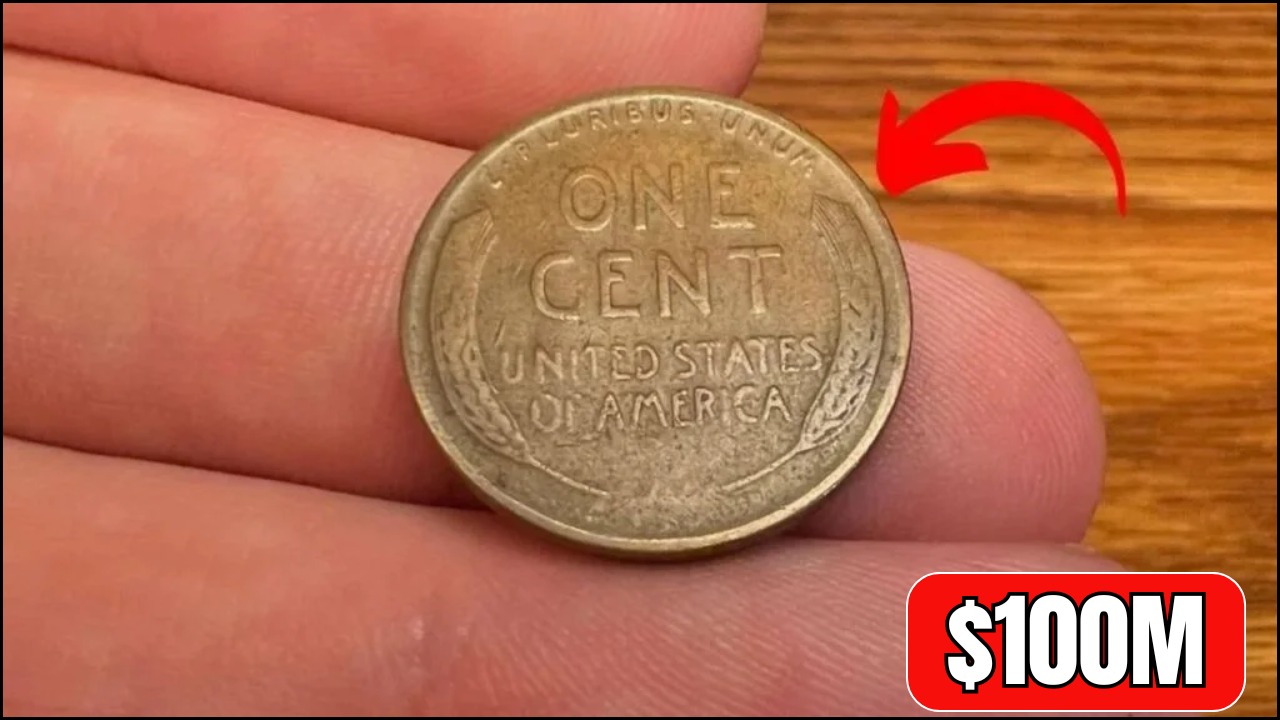Starting October 13, 2025, millions of hourly workers across the United States will see their paychecks rise with the new federal minimum wage increase to $12.50 per hour. This adjustment, officially effective October 8, 2025, reflects the federal government’s efforts to help low-wage workers keep pace with rising costs of living and ongoing inflation.
While the increase may seem modest—a 50-cent raise from $12.00—it makes a real difference for workers in retail, hospitality, food service, healthcare, and other hourly sectors. It also signals the administration’s recognition that wages must align with everyday expenses such as rent, groceries, and utilities.
What Is the New Federal Minimum Wage?
After years of stagnant wage growth and rising public pressure, the federal government has increased the minimum wage from $12.00 to $12.50 per hour, effective October 8, 2025.
This rate applies to all employees covered under the Fair Labor Standards Act (FLSA), including federal workers, contractors, and millions of private-sector workers in federally regulated industries.
| Aspect | Details |
|---|---|
| Effective Date | October 8, 2025 |
| New Federal Minimum Wage | $12.50 per hour |
| Previous Rate | $12.00 per hour |
| Affected Workers | Federal employees, contractors, FLSA-covered private workers |
| Expected Impact | Higher pay for low-wage workers, increased consumer spending |
State and Local Minimum Wage Adjustments
While the federal minimum sets a baseline, many states and cities maintain higher rates:
- California, Washington, Massachusetts, New York – $15–$17 per hour depending on location
- Colorado, Oregon, Florida – Adjusting local minimums in October to reflect inflation
Federal officials stress that the new national rate mainly benefits workers in areas where local laws haven’t kept up, especially in the South and Midwest, where millions still earn near the federal minimum.
Why the Increase Was Needed
Economic data show that wages have not kept pace with the rising cost of living.
- Food costs have risen nearly 25% since 2020
- Housing costs have increased 18% nationwide
- Utilities, healthcare, and transportation expenses continue to climb
The 2025 wage bump aims to:
- Reduce financial strain on low-income households
- Encourage workforce participation and lower employee turnover
- Boost consumer spending through increased disposable income
- Address income inequality in a post-pandemic economy
As Labor Secretary Julie Su explained, “Raising the wage floor doesn’t just help workers—it strengthens communities, supports small businesses, and keeps local economies moving.”
Impact on Employers and Payroll
Businesses covered by federal wage laws must update their payroll systems by October 8, 2025.
- Large corporations are often already compliant due to higher internal wages
- Small businesses in low-cost regions may face moderate adjustments
Employers are advised to:
- Update employee pay rates promptly
- Check state and local wage laws, which may override federal minimums
- Communicate clearly with employees about new rates
- Prepare for slight increases in payroll expenses, particularly in sectors with large hourly staff
Most economists predict minimal job losses, as historical data show moderate wage increases generally stimulate local economies rather than reduce employment.
What It Means for Workers
For full-time workers, the increase is modest but impactful. For example:
- A worker earning $12.00/hour makes roughly $24,960 per year before taxes
- At $12.50/hour, annual pay rises to about $26,000, a difference of $1,040
That extra income can help cover:
- Two months of utility bills
- One month’s rent in smaller cities
- Annual prescription co-pays
- School supplies or transportation costs for children
For many workers living paycheck to paycheck, the increase provides more than just extra money—it offers financial breathing room.
FAQs
Q1: When does the new federal minimum wage take effect?
A1: The new $12.50 per hour minimum wage is effective October 8, 2025, with payroll adjustments required by October 13, 2025.
Q2: Who is covered under the federal minimum wage law?
A2: Federal employees, contractors, and private-sector workers regulated under the Fair Labor Standards Act (FLSA) are covered.
Q3: Do states have higher minimum wages than the federal rate?
A3: Yes, many states, including California, Washington, Massachusetts, and New York, maintain rates higher than $12.50 per hour.





